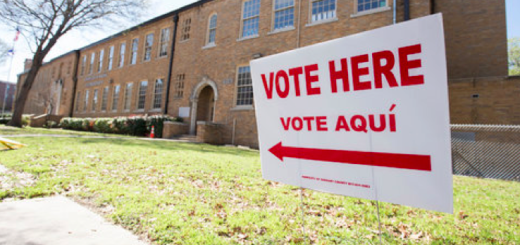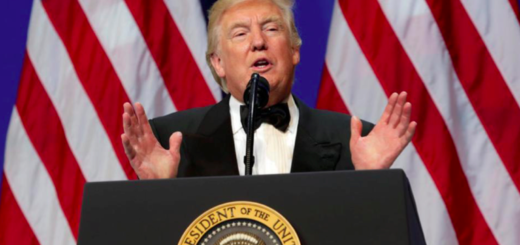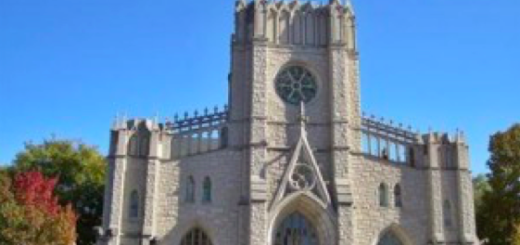Split widening or narroying among three: Shias, Catholics and Protestants

Sectarian splits are widening in Islam & lessening in Christianity – Jan 27th 2016 – ERASMUS
(Note: Basically all religions are about belief in God and brotherhood of all humans. Normally it should have led to unity of all mankind. Unfortunately just the opposite has happened between religions and within religions. There is no unity even in one’s own household. So too both Christianity and Islam are full of divisions. Pope Francis is noted for reducing divisions and promoting unity among churches in the spirit of the Lord’s prayer that they all may be one and collaboration with all, even with atheists. This trait in him has made him a centre of attraction for the whole world. Martin Luther is blamed for the first split in the  Catholic Church called the Protestan Reformation. Now all realize Luther never wanted to start a new church but only wanted reform from within. This admission of guilt from both the sides is driving them to work for unity. May this unity efforts help reduce at least internal divisions in Islam. James kottoor)
Catholic Church called the Protestan Reformation. Now all realize Luther never wanted to start a new church but only wanted reform from within. This admission of guilt from both the sides is driving them to work for unity. May this unity efforts help reduce at least internal divisions in Islam. James kottoor)
ONE OF this week’s most arresting news photographs featured Pope Francis in smiling conversation with President Hassan Rouhani of olIran, who is touring Europe in the hope of asserting his country’s emergence from internation al isolation. The Iranian visitor asked for the pontiff’s prayers, and the Vatican announced afterwards “common spiritual values” emerged during the conversation. It was the first meeting between a pope and an Iranian president since 1999.
A 40-minute chat, with interpreters, probably wasn’t long enotugh for much investigation of those shared sensibilities. But among observers of the world of religion it has often been suggested that Islam’s Shia-Sunni split corresponds in certain ways with the Catholic-Protestant divide in Christendom. Of course, as with any broad generalisation about religion, you can’t push it too far.
But Vali Nasr, an Iranian-American scholar-cum-diplomat who is a leading world authority on Shia Islam, finds the parallel quite striking. As he has argued, both Shia Muslims and Catholics have a respect for clerical authority and for theological tradition as it has evolved over time; that is in contrast with the stress put by many Sunnis, and Protestants, on going back to the original divine revelation and ignoring whatever came later.
In the Shia tradition, as in the Catholic one, there is a long line of succession through which sacred authority is thought to have been transferred over the centuries. Both among the Shias and the Catholics, there is emphasis on the idea of martyrdom leading to redemption. Some images of the slain Ali, whose murder in 661 is a primordial event for Shias, bear at least a passing resemblance to Christian depictions of Jesus Christ.
Of course, you can find points of similarity between any pair of religions and cultures if you look hard enough and set aside the major differences. But John Allen, a commentator on Vatican affairs, has argued that Catholics and Shias have geopolitical reasons for keeping in touch, as well as the religious and cultural reasons cited by Mr Nasr.
When it looks at Syria, the Vatican is instinctively protective of the Iranian-backed Assad regime, because it fears that the government’s overthrow by Sunni militants would spell doom for Christians. (That has not prevented some individual Catholic priests speaking out bravely against the Syrian regime’s atrocities.)
In September 2013, the Holy See strongly resisted American threats to bomb government forces in Syria. Then, at least, the Iranians had good reason to feel grateful to the Vatican. Another point is that wherever fundamentalist Sunnis (from conservative monarchs to populist Muslim Brothers) have held power, they have generally been anti-Shia and anti-Christian in equal measure.
But there is one big difference between intra-Muslim and intra-Christian divisions. The former are tending to grow wider, as tension between Iran and Saudi Arabia exacerbates the sectarian chasm in every other place where different forms of Islam coincide, from the civil-war zones of Syria and Yemen to the streets of Beirut and Islamabad.
Among Christian leaders, meanwhile, it is generally agreed that everything should be done to overcome division. As well as welcoming his Iranian guest, Pope Francis announced this week that he would go to Sweden in October to attend the start of a year of commemorations of the religious Reformation initiated by Martin Luther on October 31, 1517. In some ways, that is an extraordinary thing for a pope to be celebrating; the fact that the Vatican lost its sway over northern Europe, and blood-letting between Catholics and Lutherans convulsed the centre of Europe for a couple of centuries.
But a joint reflection by Catholic and Lutheran theologians has come up with an elegant way in which both churches can mark the event; it stresses that Luther’s original intention was to reform Catholicism from within, not to start a new church; and that everybody can agree that some reform was needed.
In the same sort of spirit, Shia and Sunni theologians get together from time to time and stress that whatever their differences, they recognise one another as Muslims and monotheists; but at the moment Islam's sectarian hotheads seem to be making a much louder noise. If the pope and Mr Rouhani had a bit longer together.
















